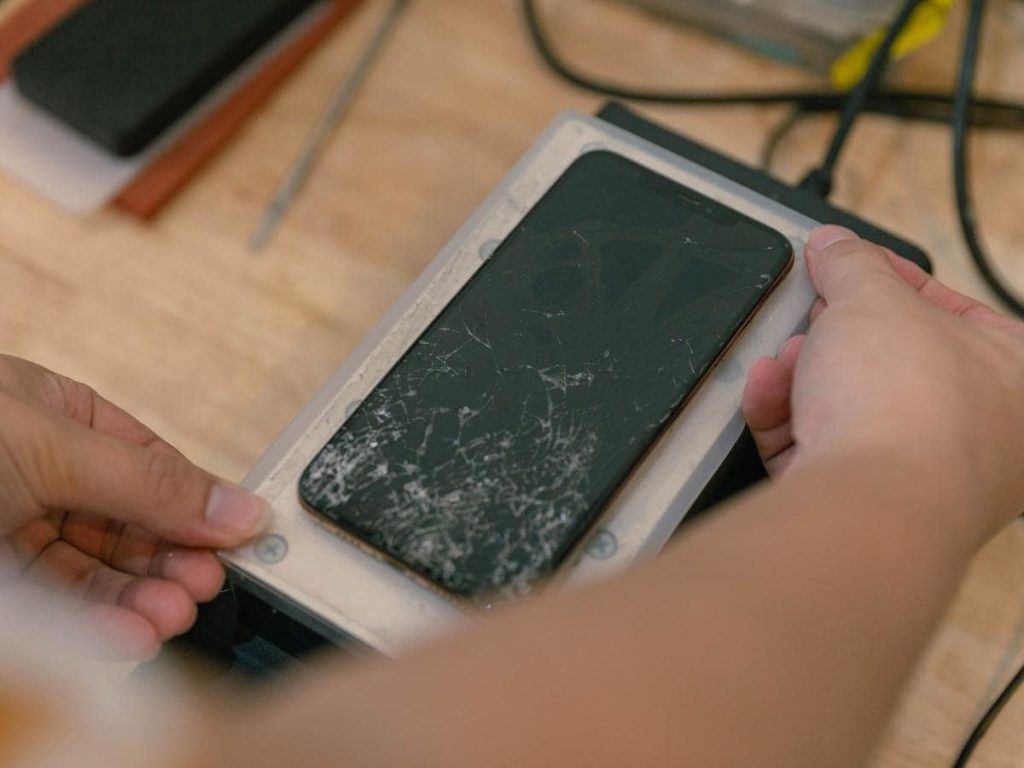iPhone 6 Screen Replacement – How to Fix Common Issues
If you need an iPhone screen replacement, you are not the only one. Many iPhone users experience problems with their replacement screens as well. You might encounter running lines, discoloration, an unresponsive touchscreen, or frame separation. If this is the case, you should consider taking your device to a repair shop.
Discoloration
If you’re having problems with your iPhone’s screen, you may need to have it replaced. In some cases, it is possible to fix a screen issue yourself, but if you don’t know how to do this yourself, the following tips should help you resolve your problem.
First, you should make a backup of your phone’s data. You should also avoid installing any apps until your screen replacement service is complete. After 24 hours, you can then send the phone in for repair. In addition, you can use a pen cap to release stuck pixels.
Screen damage is the most common problem you’ll encounter with your iPhone. It can appear in several different ways, from broken glass to discolored sections. Screen damage can make your phone’s display look distorted, and it can also lead to rainbow-colored lines or spots. Depending on the exact cause, you may need to replace your entire screen, which can lead to a longer repair process.
Running Lines
If you’ve had problems with your iPhone screen, you may have to consider iPhone screen replacement. The screen on your iPhone is a crucial component of its performance, and a broken or damaged screen requires immediate replacement. This article will give you some useful tips to help you fix your phone’s screen.
If you notice vertical lines on your iPhone’s screen, you may have a problem with the LCD or logic board. You may need to replace the LCD, but you can try to fix the problem yourself if you have the AppleCare+ Protection Plan. Otherwise, you can go to an Apple Store to have the screen replaced. The technician will have to diagnose the problem and may have to purchase replacement parts.
When the LCD cable is disconnected from the logic board, lines will appear on the screen. Sometimes, this occurs due to a glitch, but it’s usually temporary. If you suspect a hardware problem, you can remove the lines with a quick fix.
Unresponsive Touchscreen
There are various causes of an unresponsive touchscreen on your iPhone 6. Some are hardware-related, such as a broken screen protector or busted touchscreen connectors. Others are caused by dirt and other foreign material on the display. In the first case, you should try cleaning the affected area with a dry microfiber cloth. If the problem persists, try looking for a new case or screen protector that is thinner.
There are several ways to fix the touchscreen on your iPhone. You can either try to reboot the phone or make a backup of your iPhone using iTunes and restore it from there. If neither of these methods works, you may want to try erasing the entire phone. This will delete all the data on the device and reset it to factory settings.
Next, you should contact the Apple Support Center. They will be able to help you resolve the issue. If your touchscreen is unresponsive, you can take it in for a replacement. If the phone is still in good condition, Apple will replace it.
Frame Separation
Frame separation is a common screen replacement issue and affects many third-party iPhone parts. The problem occurs when the frame separates from the front glass, which is an assembled flex assembly. In an attempt to fix the problem, a technician must dismantle the phone and check its main functions before beginning the repair. During dismantling, the device should be turned off to prevent short-circuiting. The screen assembly is separated from the aluminum frame by removing two pentalobe screws from the bottom. In addition, the earpiece protective metal cage is removed. During this process, heat is applied to the top portion of the screen to loosen the glue. This process will also loosen the glue on the front camera and microphone flex assemblies. Once the screen is detached, the assembly can be manipulated to replace the damaged part.
Choosing the right part for the repair is important. High-quality parts are preferable to refurbish or aftermarket ones. However, they are more expensive and may not be as stable. Most screen replacement repair shops use refurbished or aftermarket parts, which can result in several irritating issues. A common problem with iPhone 6 screens is frame separation, which affects the frame’s ability to stay attached to the LCD assembly.

